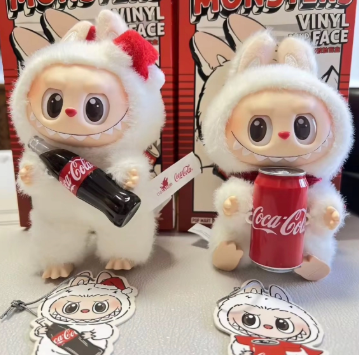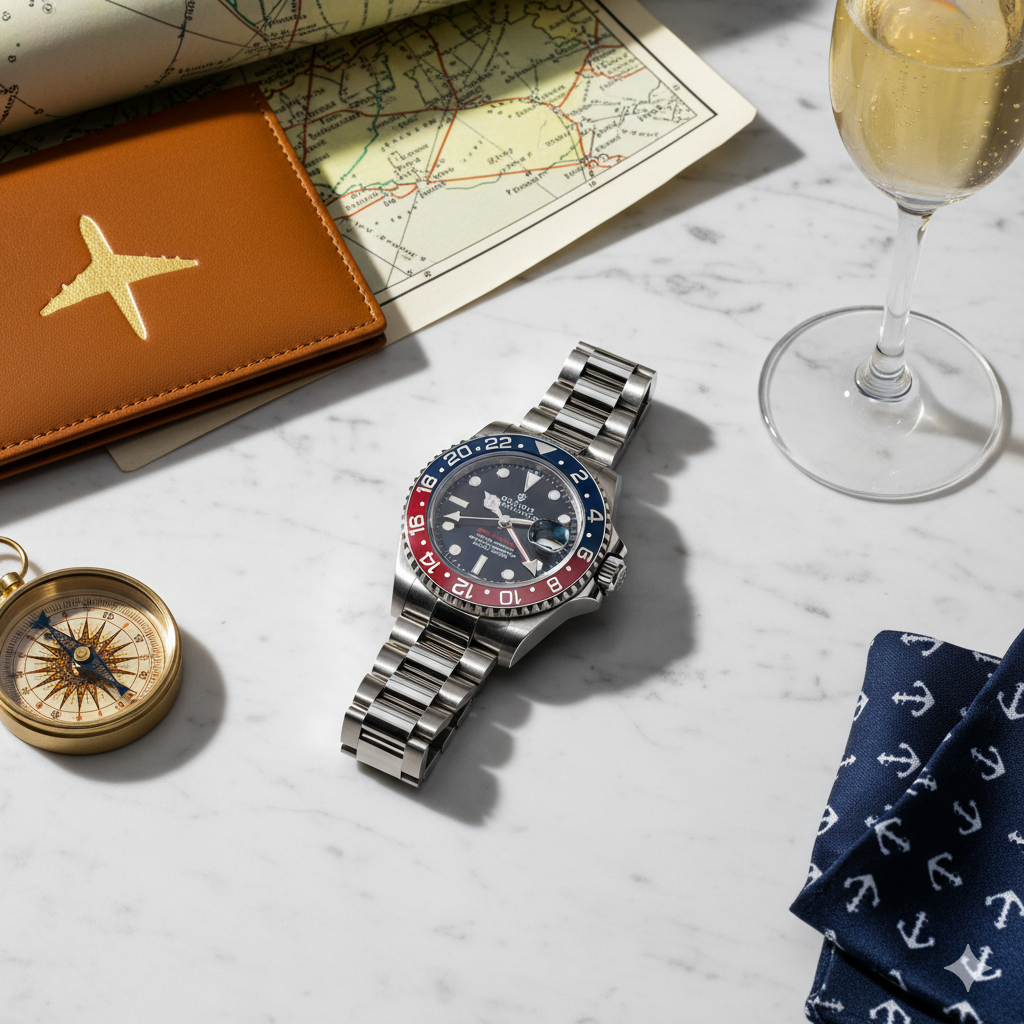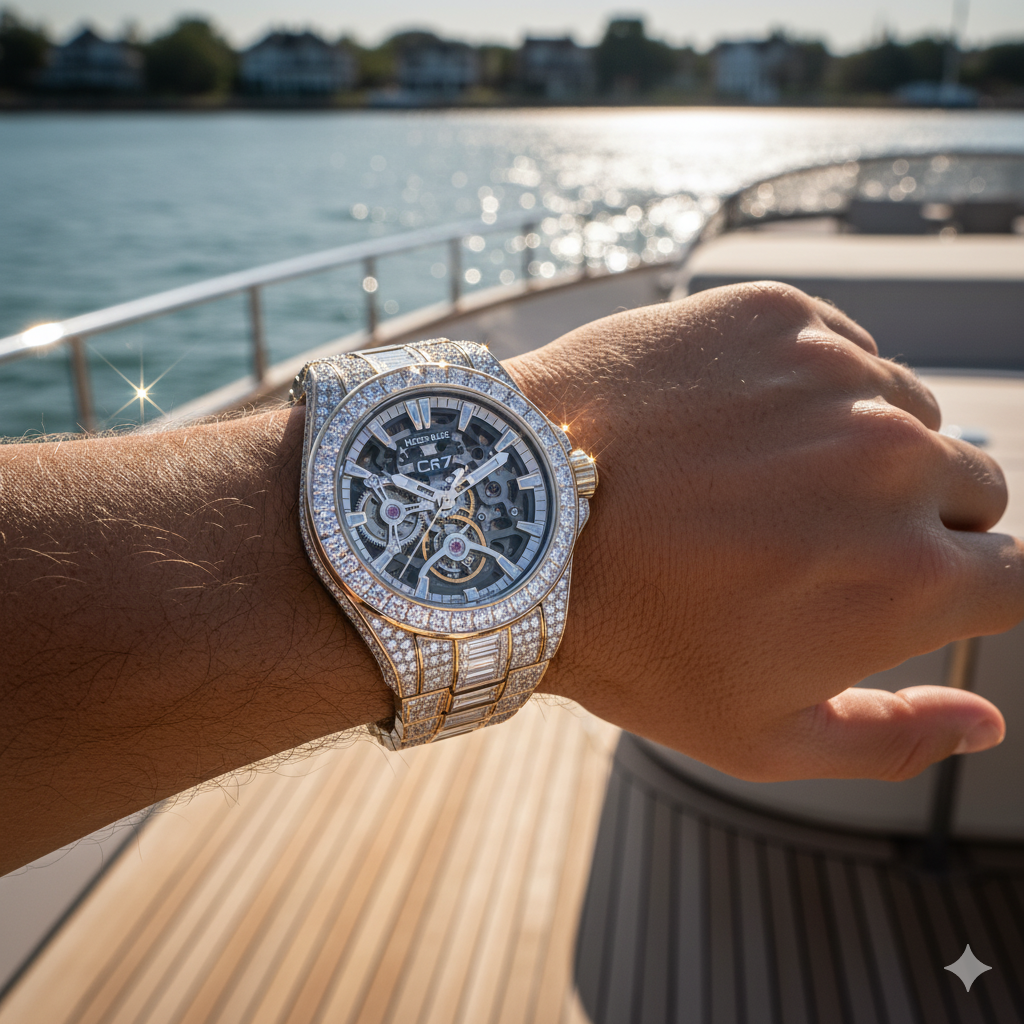In the rarefied circles where taste meets fortune, a curious alliance has emerged between Hong Kong artistry and American iconography.
The Unexpected Marriage of Mischief and Tradition
Within the hallowed halls of luxury collecting, few collaborations have sparked such fervent desire as the Labubu Coca Cola partnership. Like the finest marriages of society, this union brings together disparate yet complementary forces. The mischievous Nordic elf creation of artist Kasing Lung finds itself adorned in the timeless livery of America’s most enduring beverage brand.
Indeed, the collaboration represents more than mere commercial enterprise. It speaks to a cultural moment where Eastern artistry meets Western iconography. The result captivates collectors across continents, from Manhattan penthouses to Hamptons estates. Recent analyses reveal the partnership’s unprecedented success among luxury consumers.
The Artisan Behind the Empire
Kasing Lung, the Hong Kong-born visionary, crafted his Nordic-inspired universe with the precision of a master jeweler. Born into modest circumstances, he transformed childhood fascination with European folklore into commercial gold. His trajectory mirrors the great American dream, albeit with distinctly Eastern sensibilities.
The artist’s background reads like a novel of cultural migration. Raised between Hong Kong and the Netherlands, Lung absorbed the mythologies of both worlds. Subsequently, his creatures emerged as universal symbols of playful mischief. Biographical accounts detail his remarkable ascent from struggling illustrator to international sensation.
The Mechanics of Desire
Understanding the Labubu Coca Cola phenomenon requires examination of its distribution strategy. Pop Mart, the Hong Kong-based company, employs the “blind box” methodology with surgical precision. Collectors purchase sealed containers, unaware of their contents until opened. This element of chance transforms shopping into gambling, elevating consumer desire to fever pitch.
The collaboration features multiple iterations, each more coveted than the last. Regular editions maintain fifty percent probability, while secret variants appear with odds approaching lottery-like scarcity. Industry reports indicate unprecedented demand across global markets.
The Currency of Cultural Capital
Among the discerning collectors who frequent exclusive gatherings, possessing the rarest Labubu Coca Cola variants serves as social currency. Like the finest art pieces, these collectibles signal both taste and financial capability. The “Mystery Guest” edition, featuring brown fur housed within a Coca-Cola canister, commands prices rivaling precious jewelry.
Furthermore, celebrities have embraced the phenomenon with characteristic enthusiasm. When K-pop sensation Lisa showcased her collection, global demand surged exponentially. The ripple effects reached from Seoul to Southampton, cementing the collaboration’s status among cultural tastemakers. Such endorsements transform mere toys into symbols of contemporary sophistication.
The Psychology of Premium Collecting
Examining why affluent individuals gravitate toward Labubu Coca-Cola collectibles reveals deeper psychological currents. These objects satisfy multiple desires simultaneously: nostalgia for childhood simplicity, appreciation for artistic excellence, and the thrill of exclusive ownership. Like acquiring rare vintage wines, collecting these pieces provides both emotional and potential financial returns.
Moreover, the limited production runs create artificial scarcity reminiscent of haute couture fashion. Collectors understand that today’s whimsical purchase may become tomorrow’s museum piece. Seasoned art collectors recognize patterns that transform playful objects into serious investment vehicles.
The Global Phenomenon Emerges
The Labubu Coca-Cola collaboration transcended geographical boundaries with remarkable speed. Asian markets initially embraced the partnership, followed swiftly by European and American adoption. The phenomenon demonstrates how contemporary luxury operates without traditional barriers, connecting collectors across continents through shared aesthetic appreciation.
Consequently, secondary markets have flourished around these collectibles. Original retail prices of fifteen to sixty dollars transform into hundreds or thousands on resale platforms. This appreciation rivals that of established art markets, suggesting the collaboration’s enduring cultural significance. Cultural observers note this shift toward accepting toy collecting as a legitimate luxury pursuit.
The Investment Landscape
Financial advisors increasingly acknowledge Labubu Coca-Cola collectibles as alternative investments worthy of consideration. Unlike traditional luxury goods that depreciate immediately upon purchase, these pieces often appreciate before leaving retail environments. Savvy collectors view them as portable art pieces with strong upside potential.
Additionally, the collaboration benefits from dual brand strength. Coca-Cola’s century-plus heritage combines with Labubu’s explosive contemporary relevance. This temporal spanning appeals to multiple collector demographics, from nostalgic baby boomers to trend-conscious millennials. The mathematical probability of finding rare variants adds gambling-like excitement to the investment equation.
The Social Currency of Exclusivity
Within elite social circles, displaying Labubu Coca-Cola collections has become acceptable, even desirable. These pieces occupy space traditionally reserved for established art forms. Their presence in luxury homes signals cultural awareness and contemporary taste appreciation. Like owning first-edition books or vintage wines, possession demonstrates refined collecting sensibilities.
Furthermore, the objects serve as conversation starters at sophisticated gatherings. Their approachable aesthetic invites discussion while their scarcity commands respect. This dual nature perfectly suits social environments where accessibility must balance with exclusivity. The collaboration succeeds precisely because it appears playful while remaining genuinely rare.
The Future of Artistic Commerce
The Labubu Coca-Cola phenomenon suggests evolving definitions of legitimate art collecting. Traditional boundaries between “high” and “popular” culture continue to dissolve, particularly among younger affluent demographics. These collectors approach luxury with different perspectives, valuing authenticity and cultural relevance over historical pedigree alone.
Moreover, the collaboration demonstrates how Eastern artistic sensibilities increasingly influence Western luxury markets. This cultural exchange enriches global collecting communities while creating new appreciation categories. The success indicates that future luxury collaborations must balance artistic integrity with commercial appeal to achieve similar cultural penetration.
The Collector’s Imperative
For serious collectors considering Labubu Coca-Cola acquisitions, timing remains crucial. Primary market availability continues diminishing as retailers exhaust inventory. Secondary markets offer alternatives, albeit at premium prices reflecting increased demand and decreased supply dynamics.
Nevertheless, the collaboration’s cultural significance appears likely to endure beyond temporary fashion cycles. Like other successful art-commerce partnerships, these pieces occupy permanent positions within contemporary collecting hierarchies. Their appeal transcends mere novelty, suggesting sustained appreciation potential for discriminating investors who recognize emerging cultural currencies.






